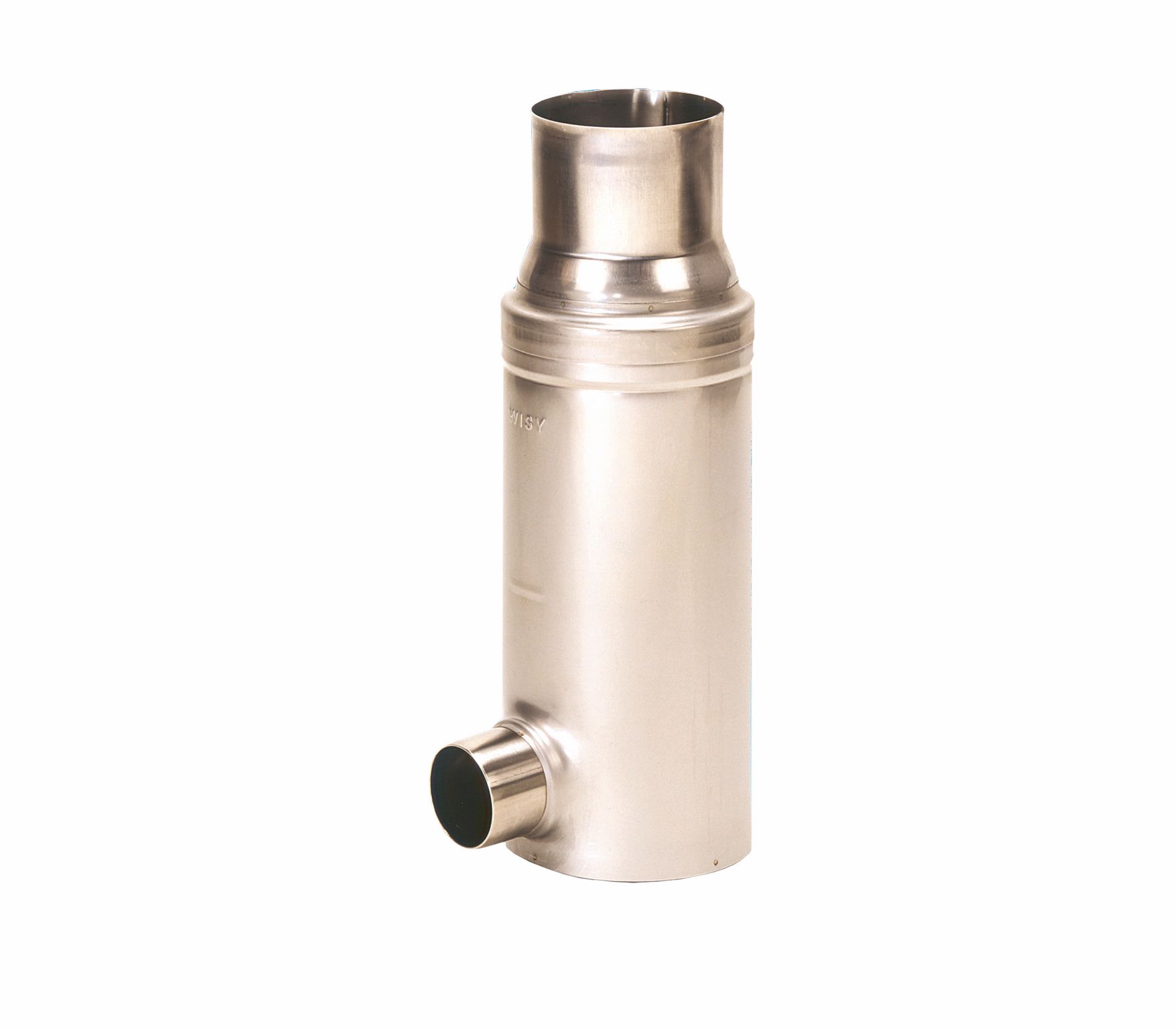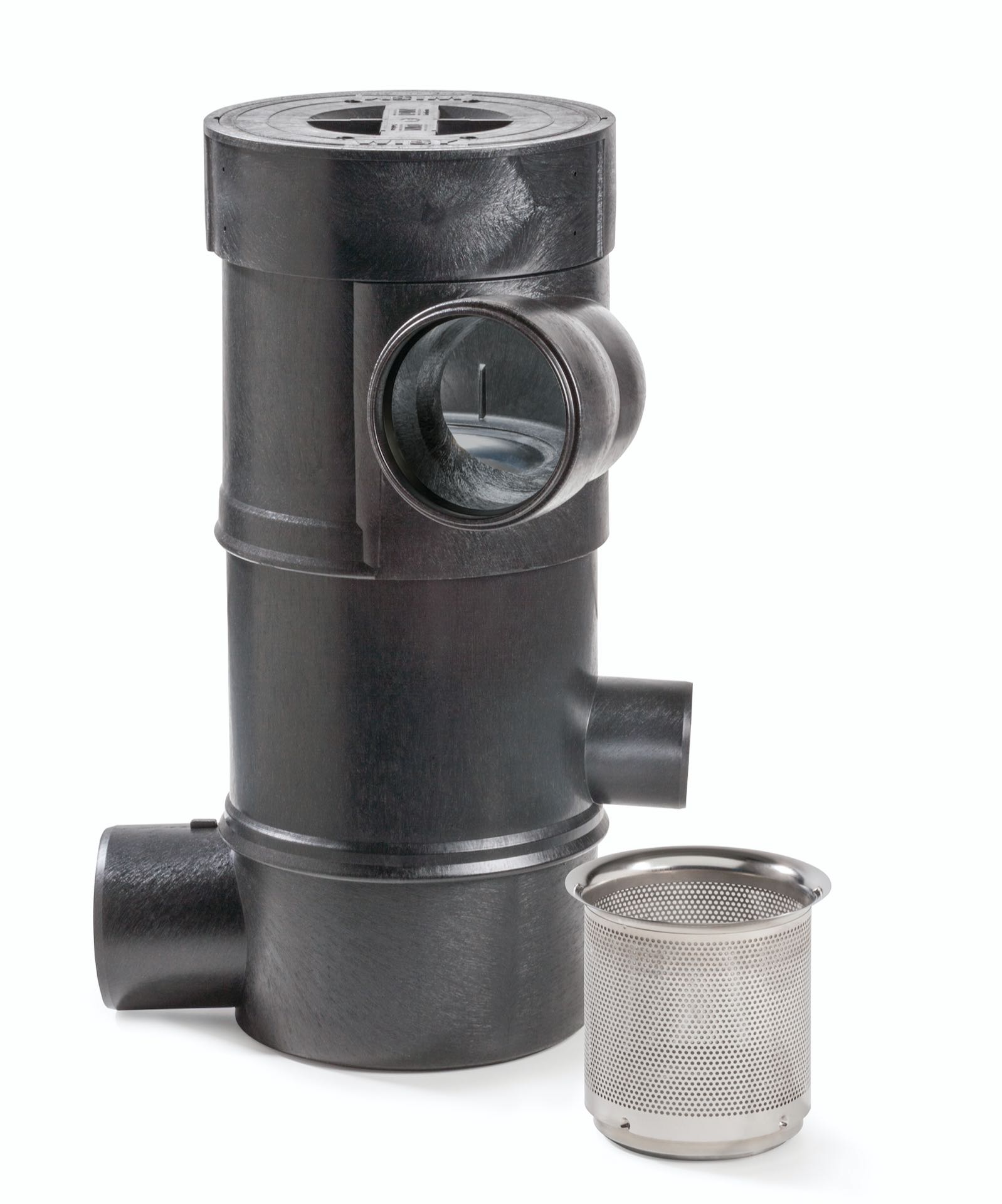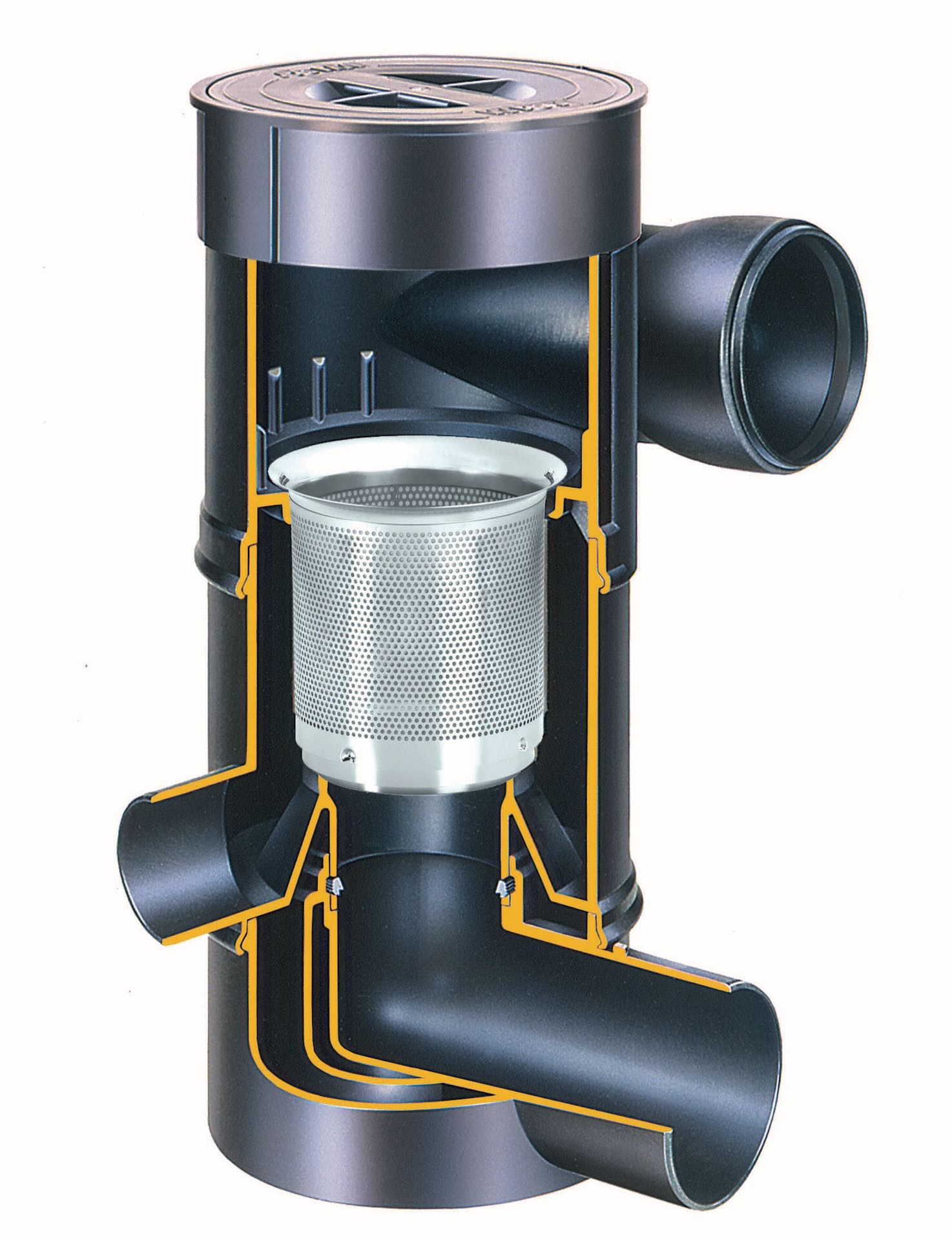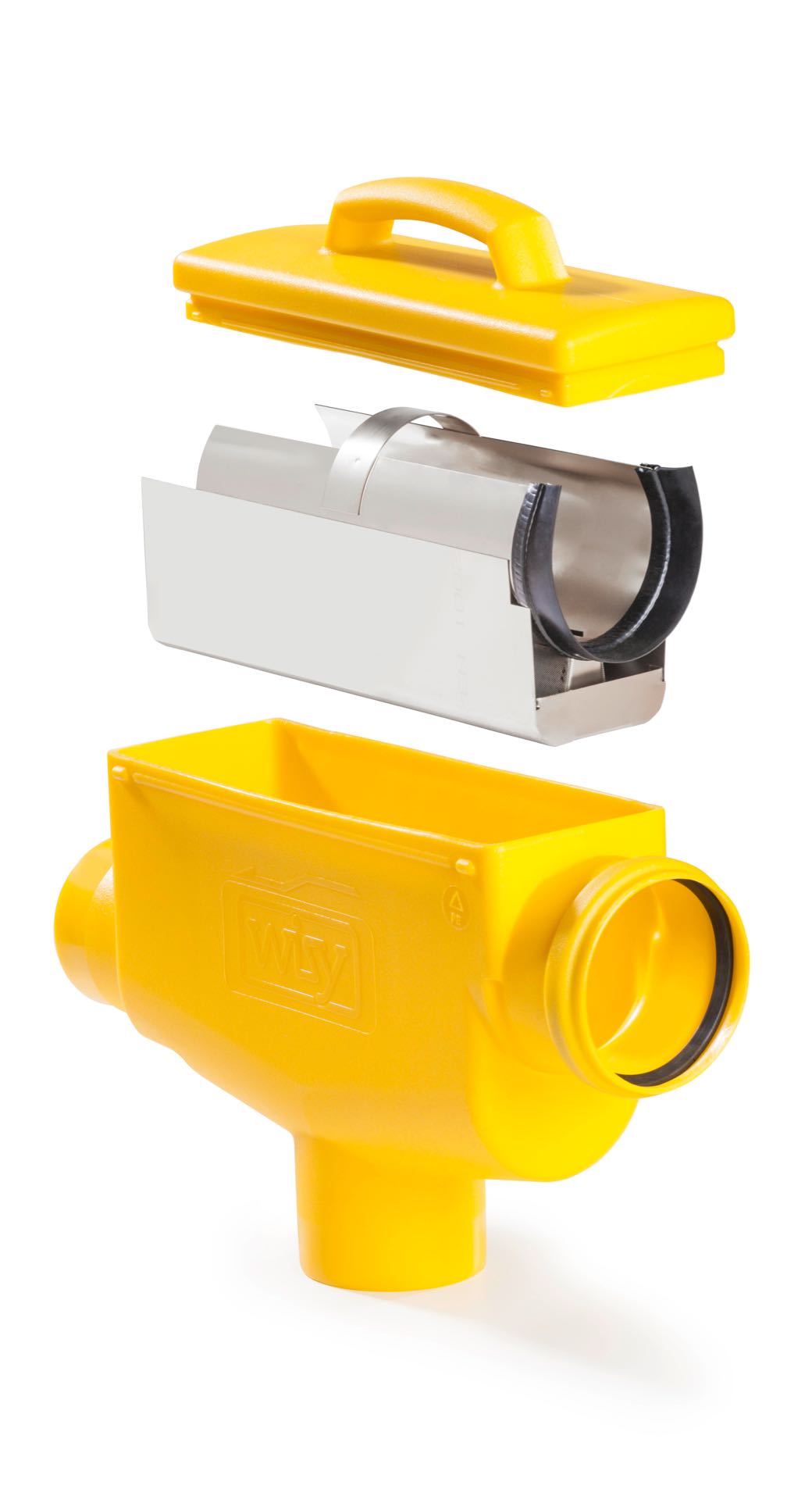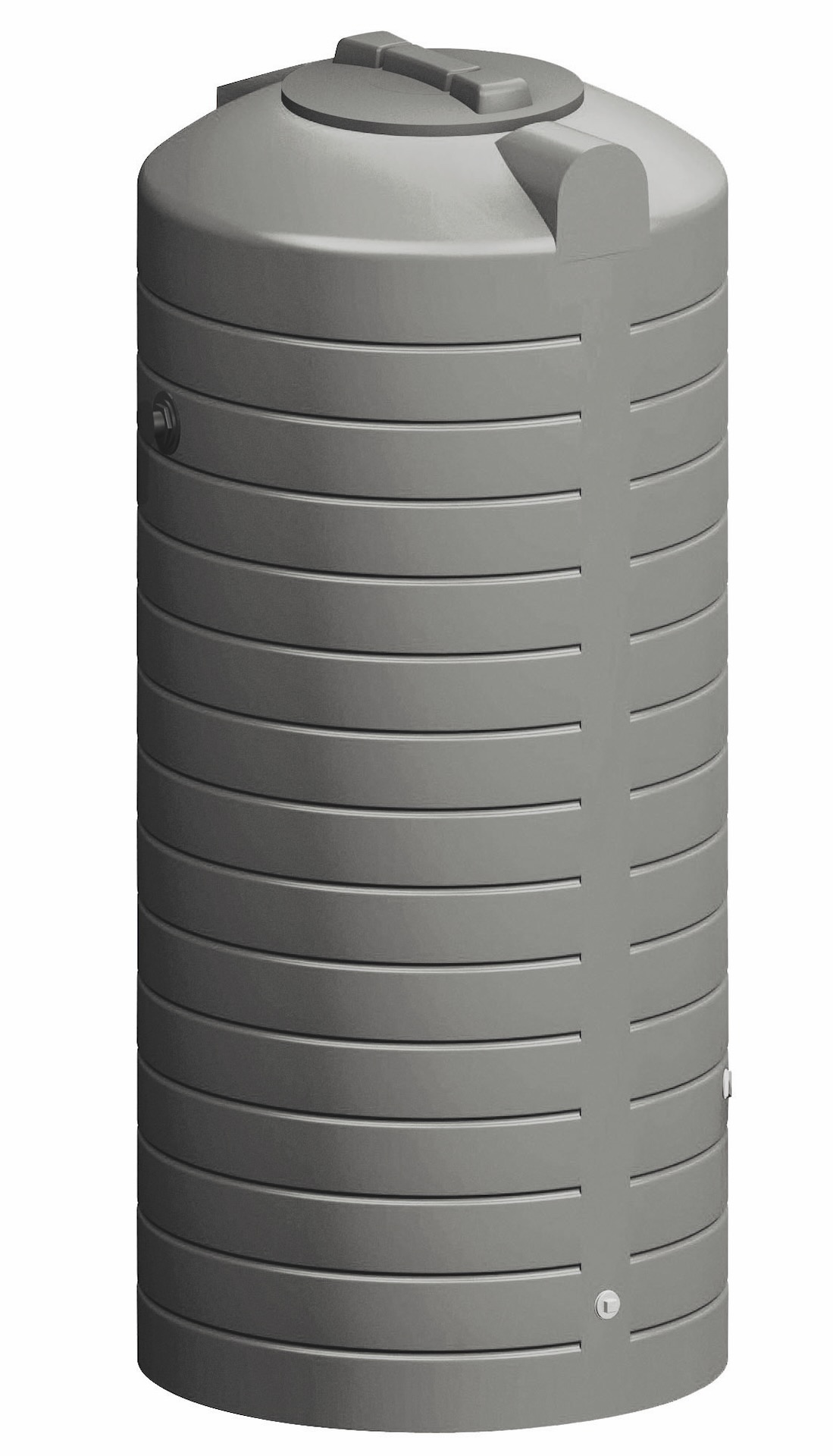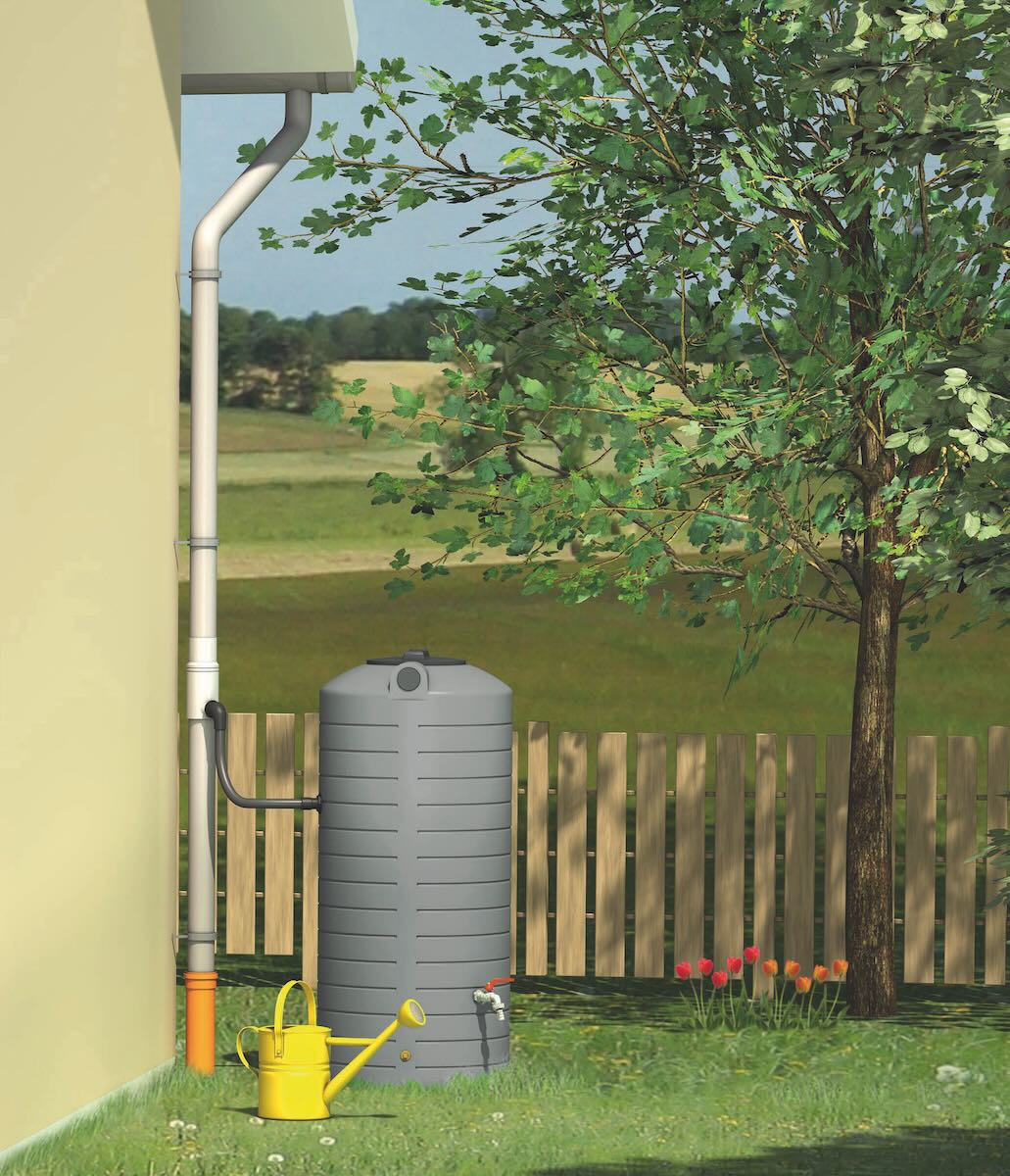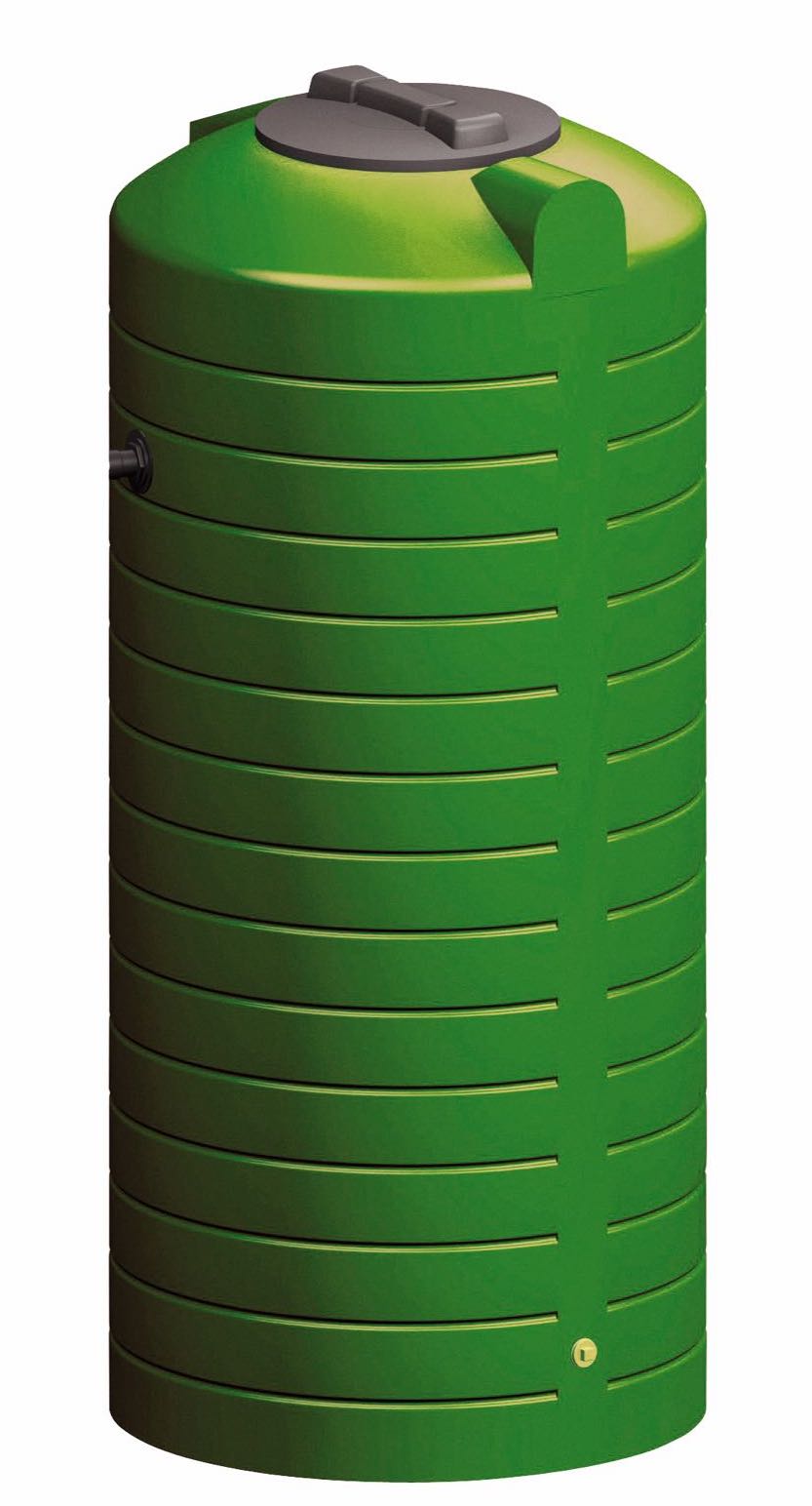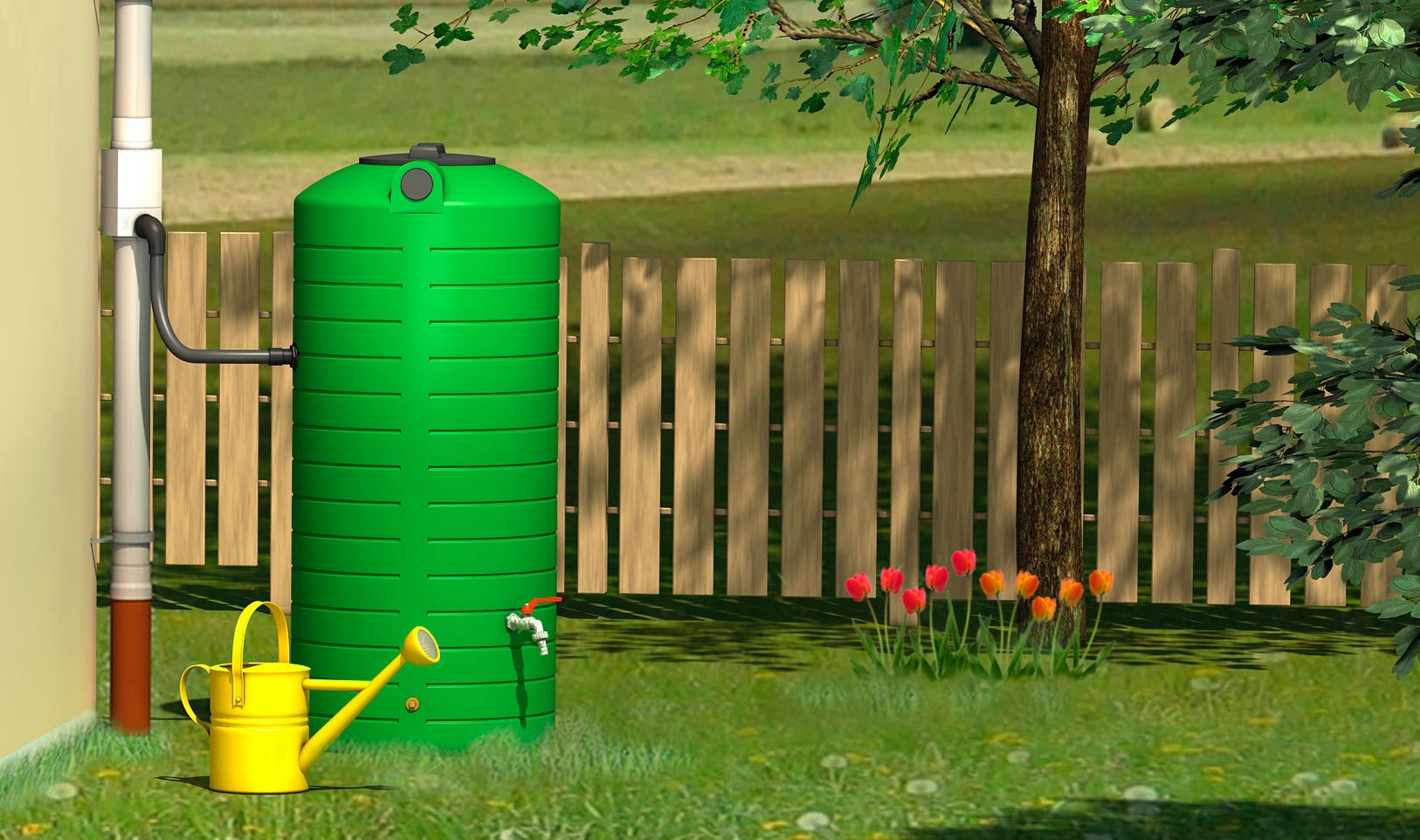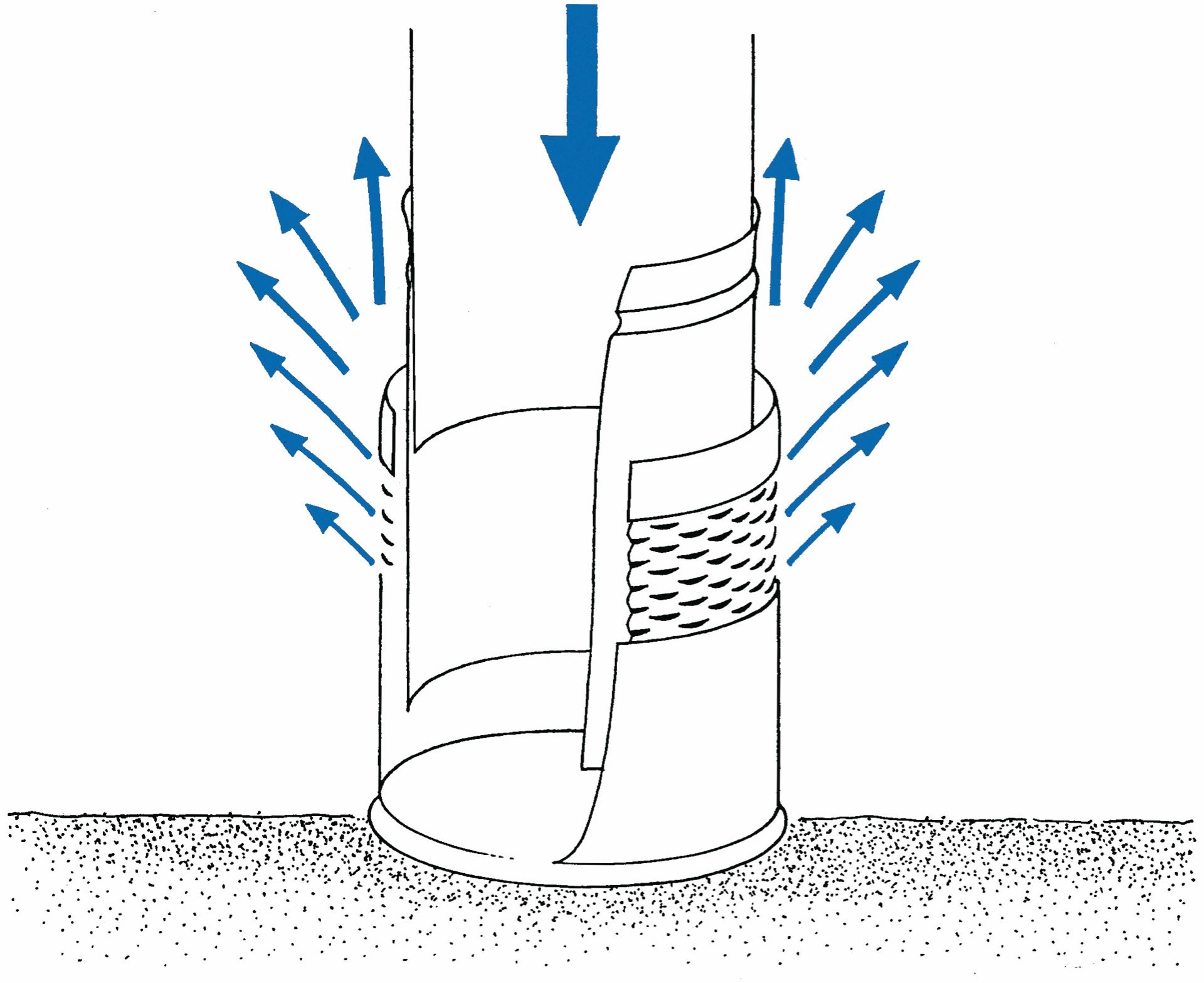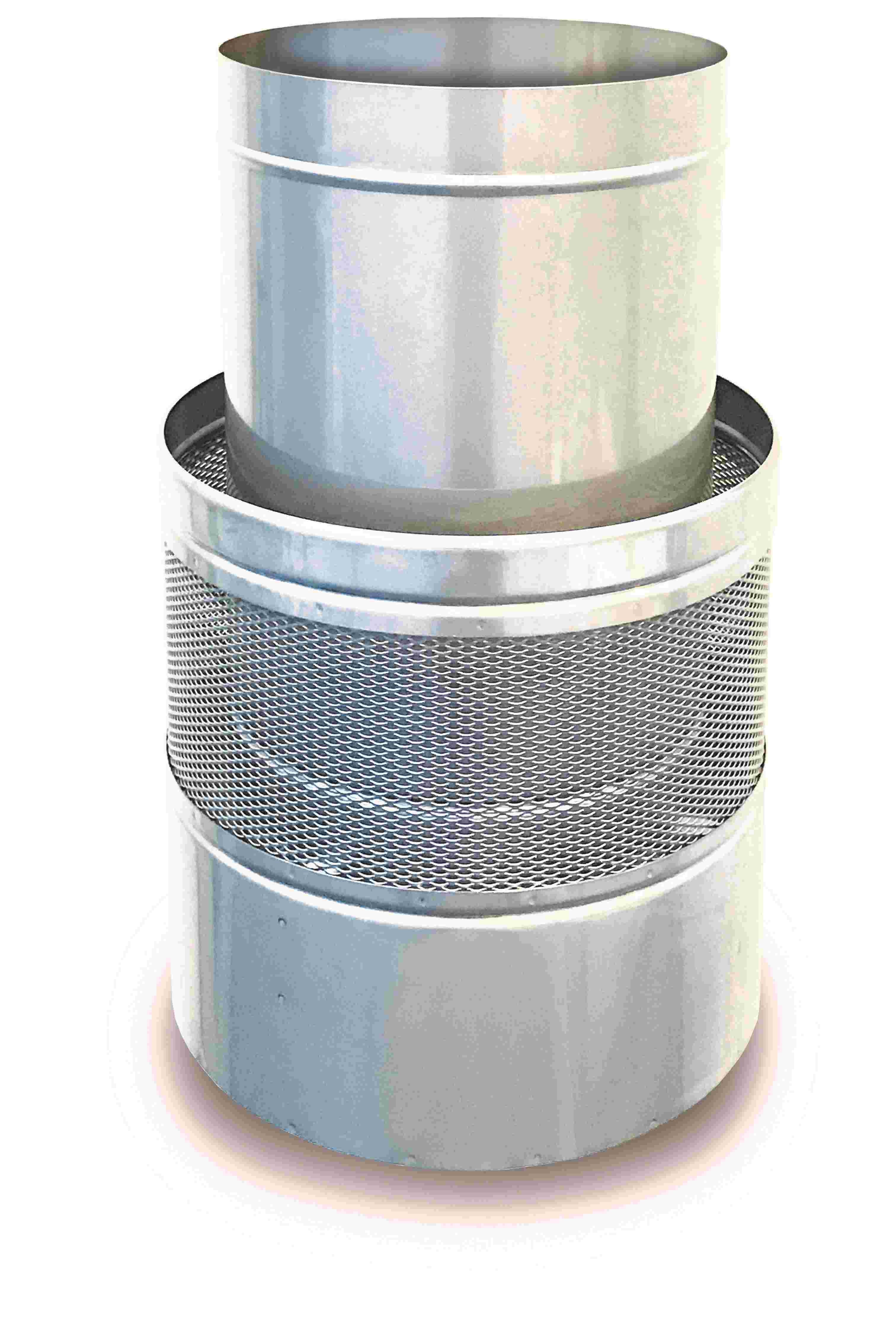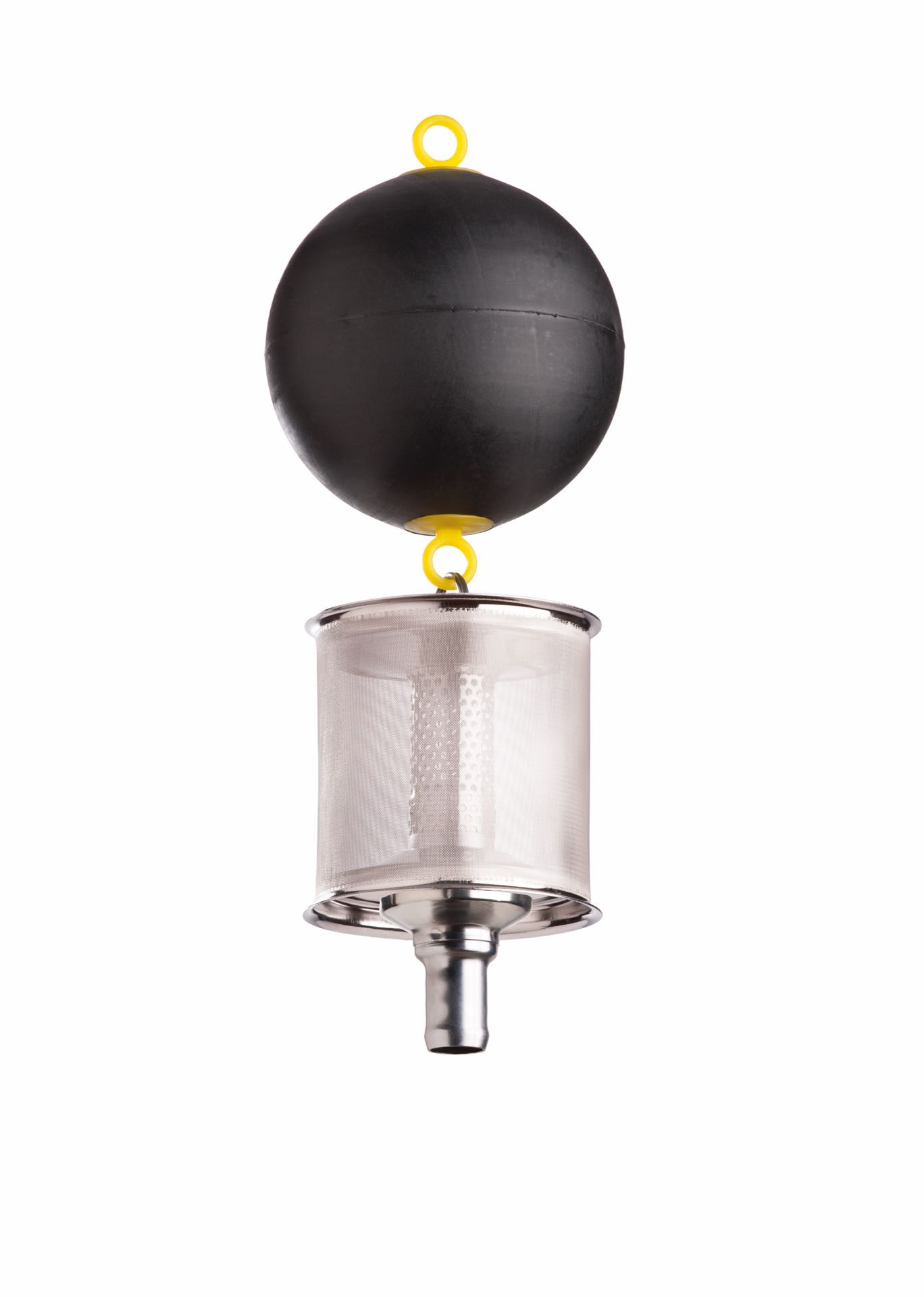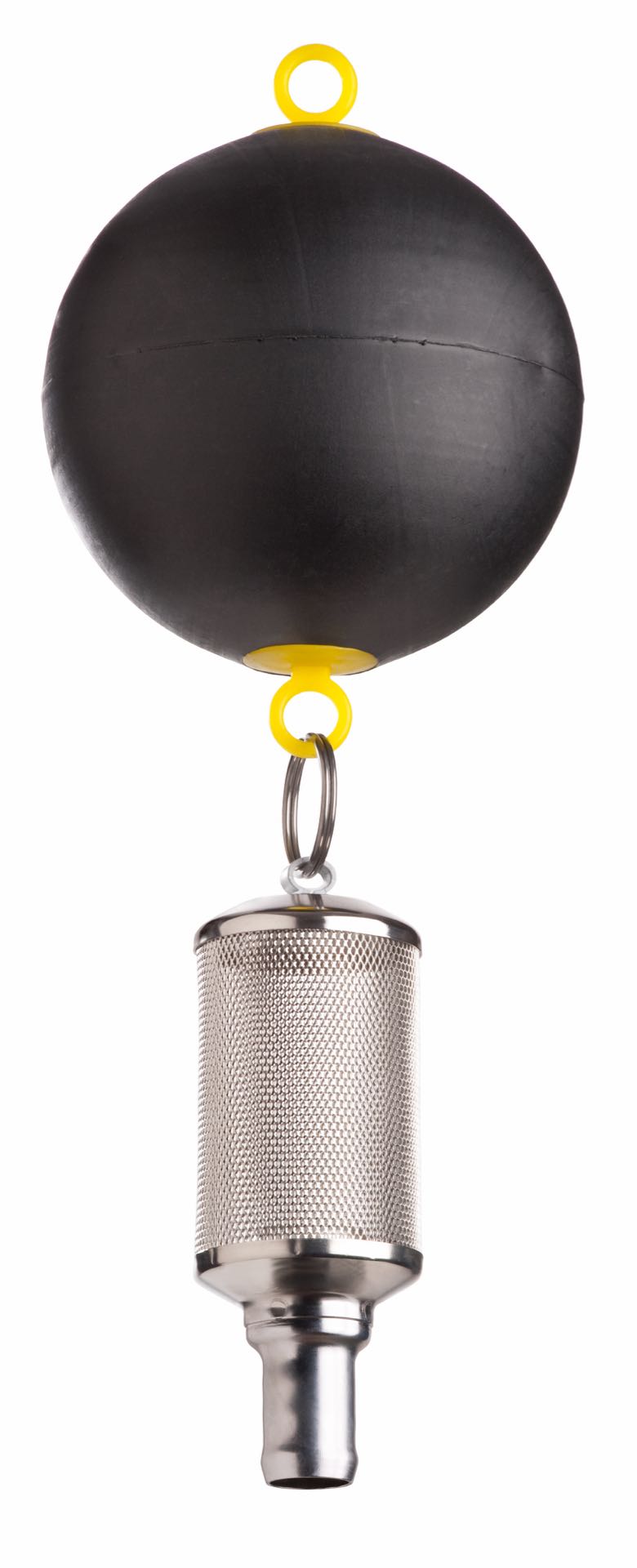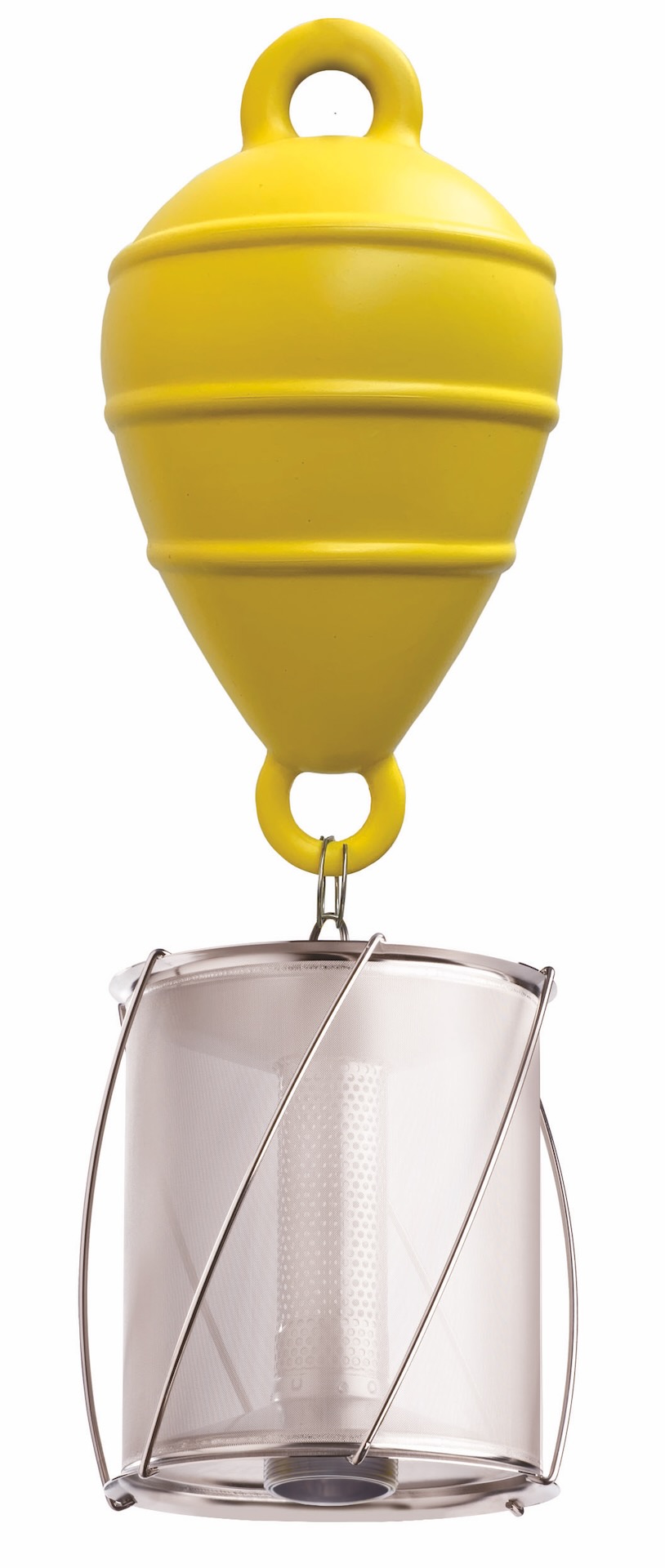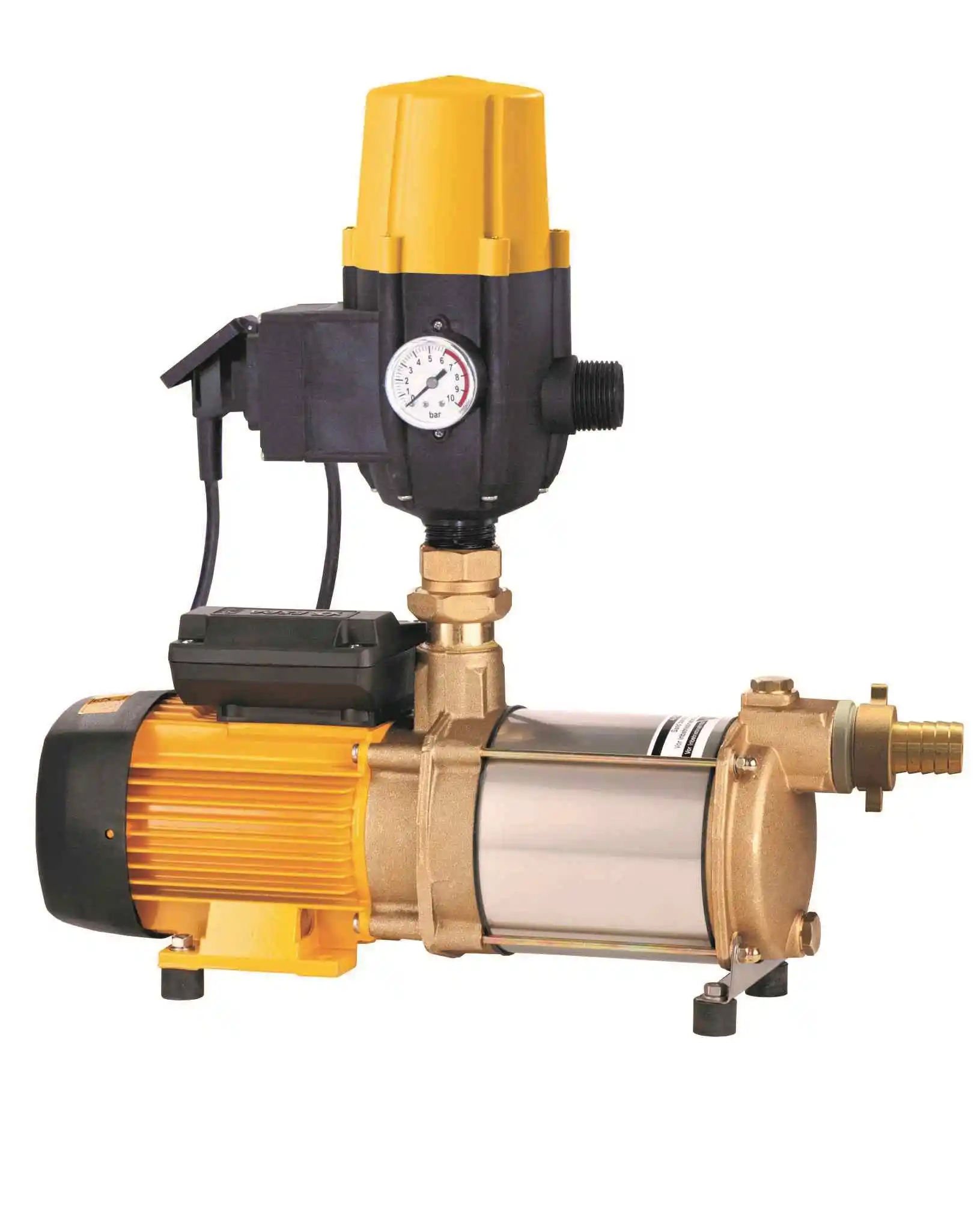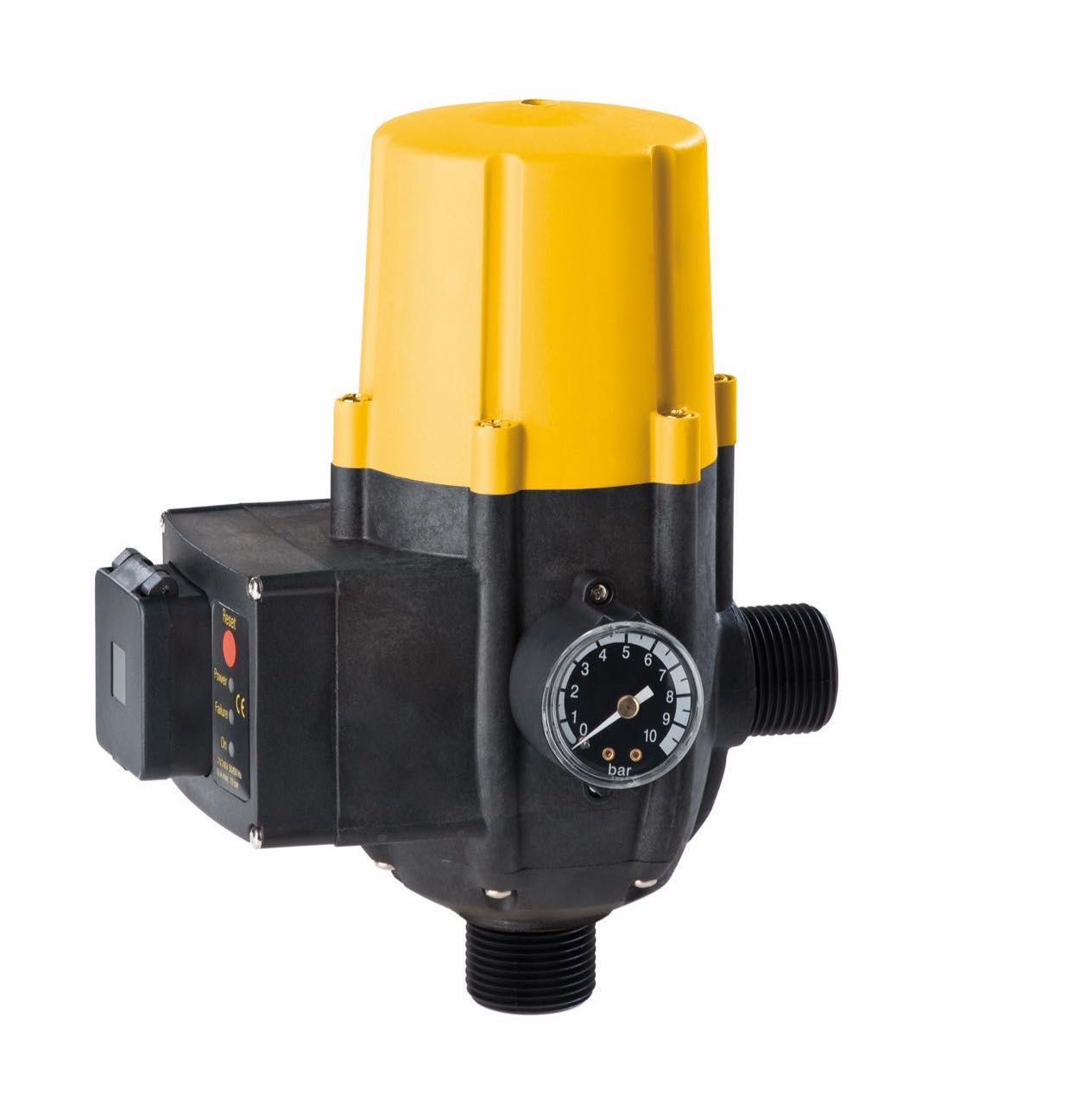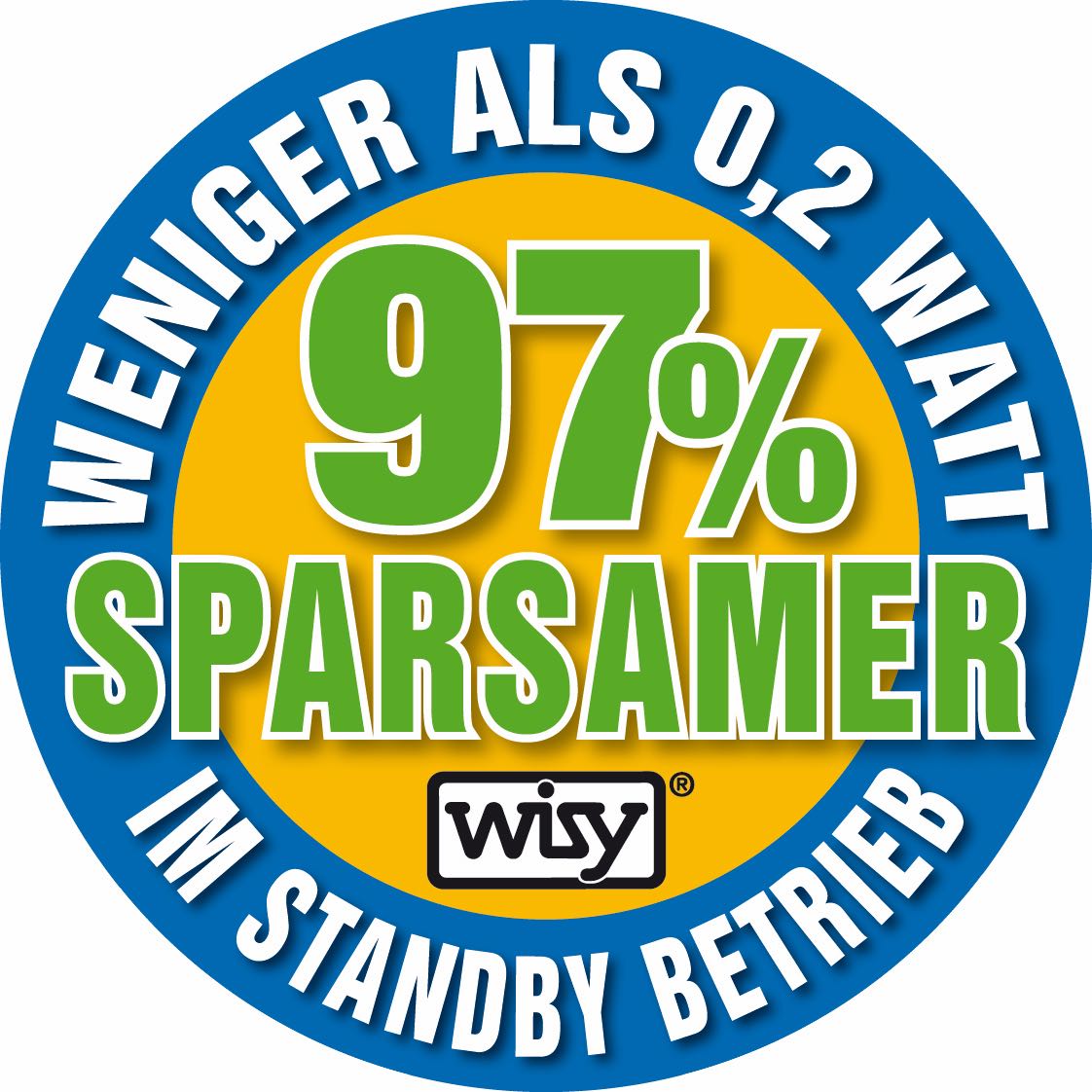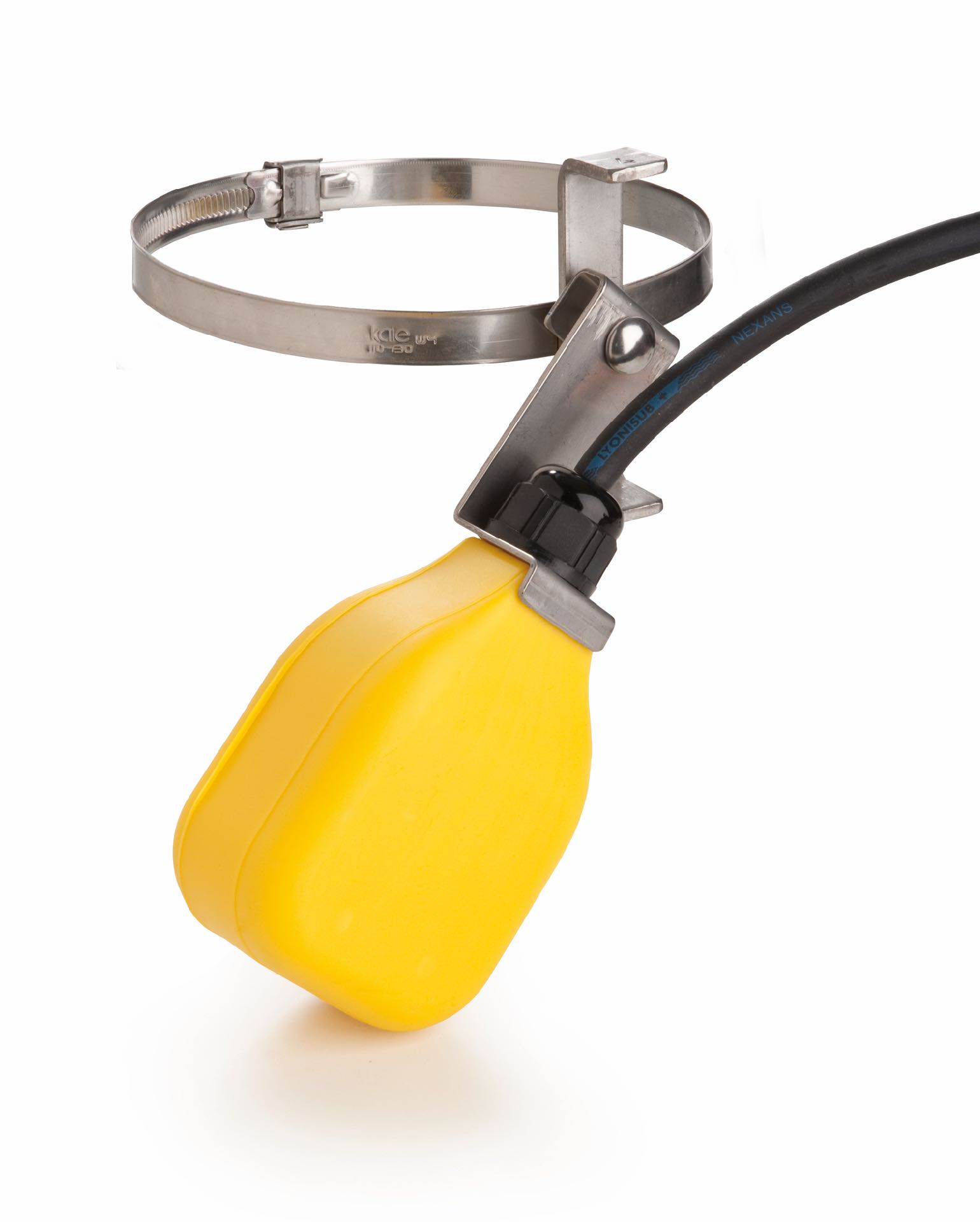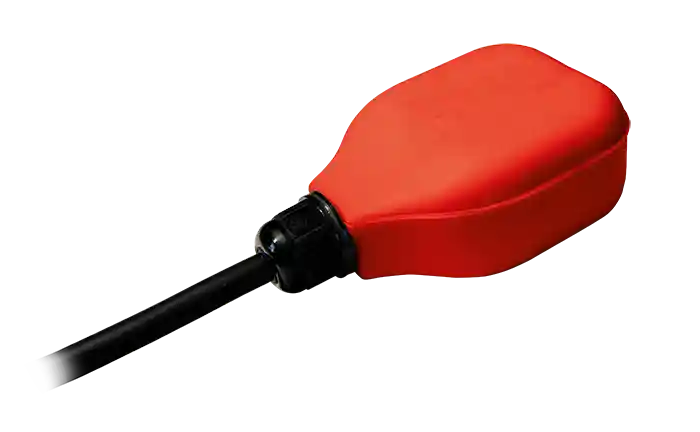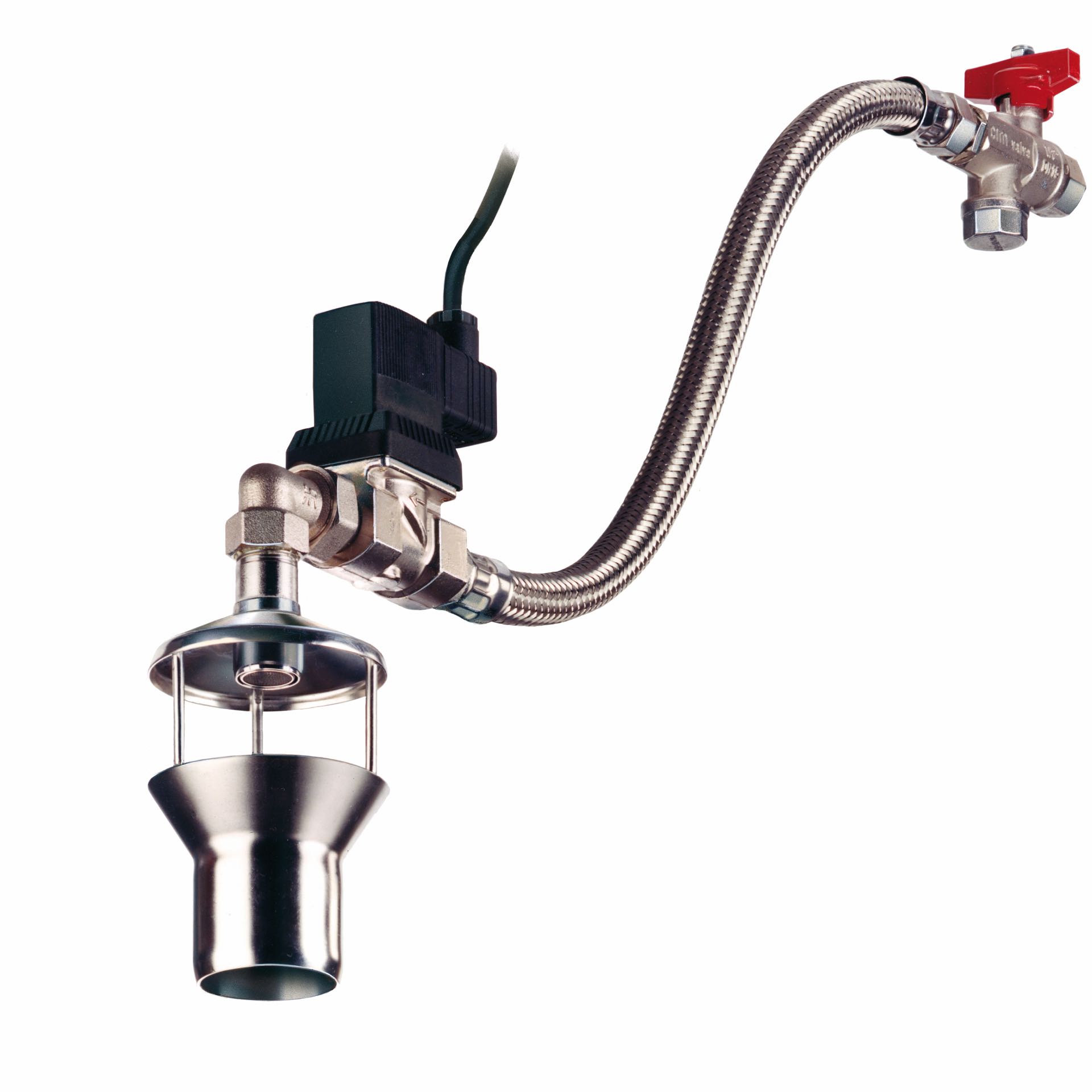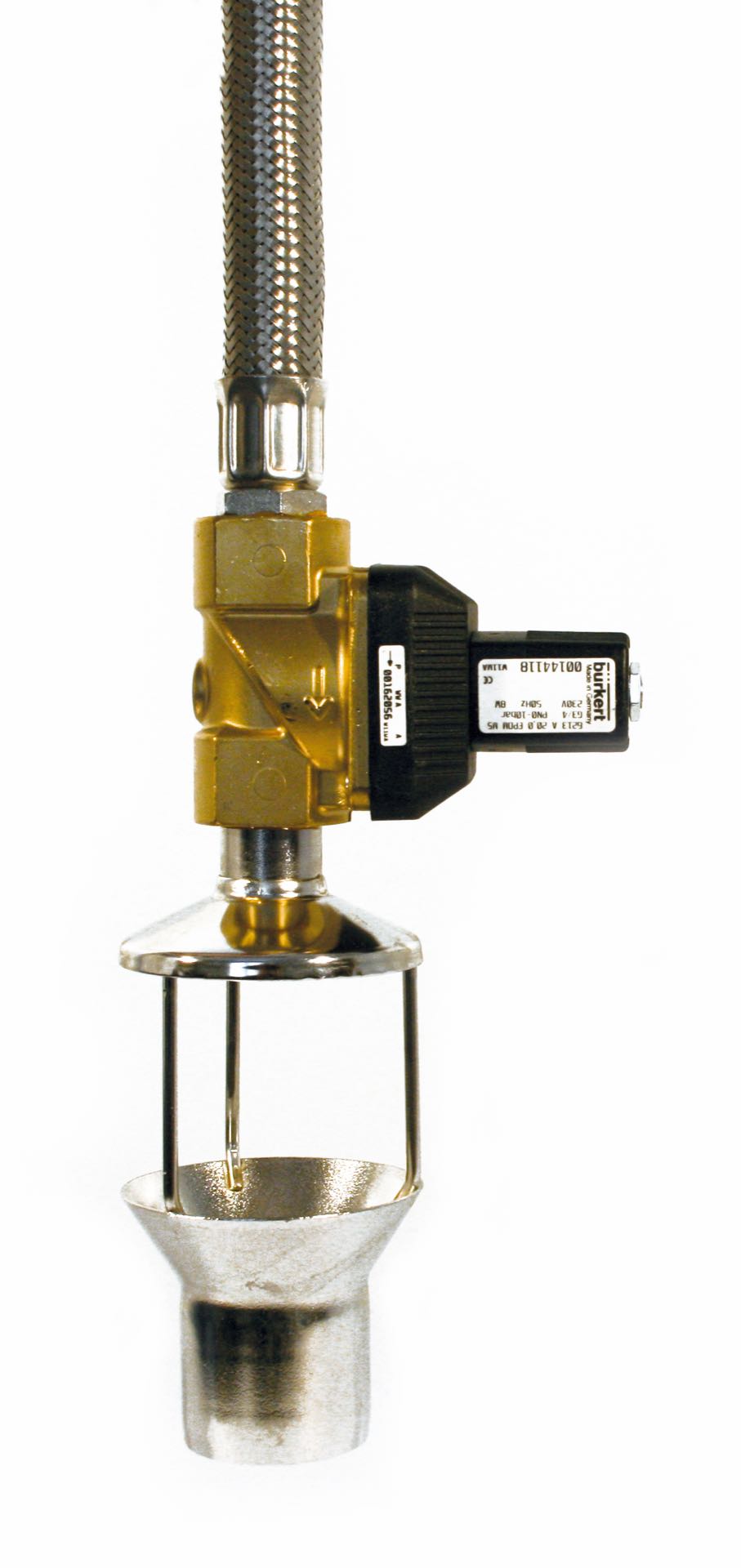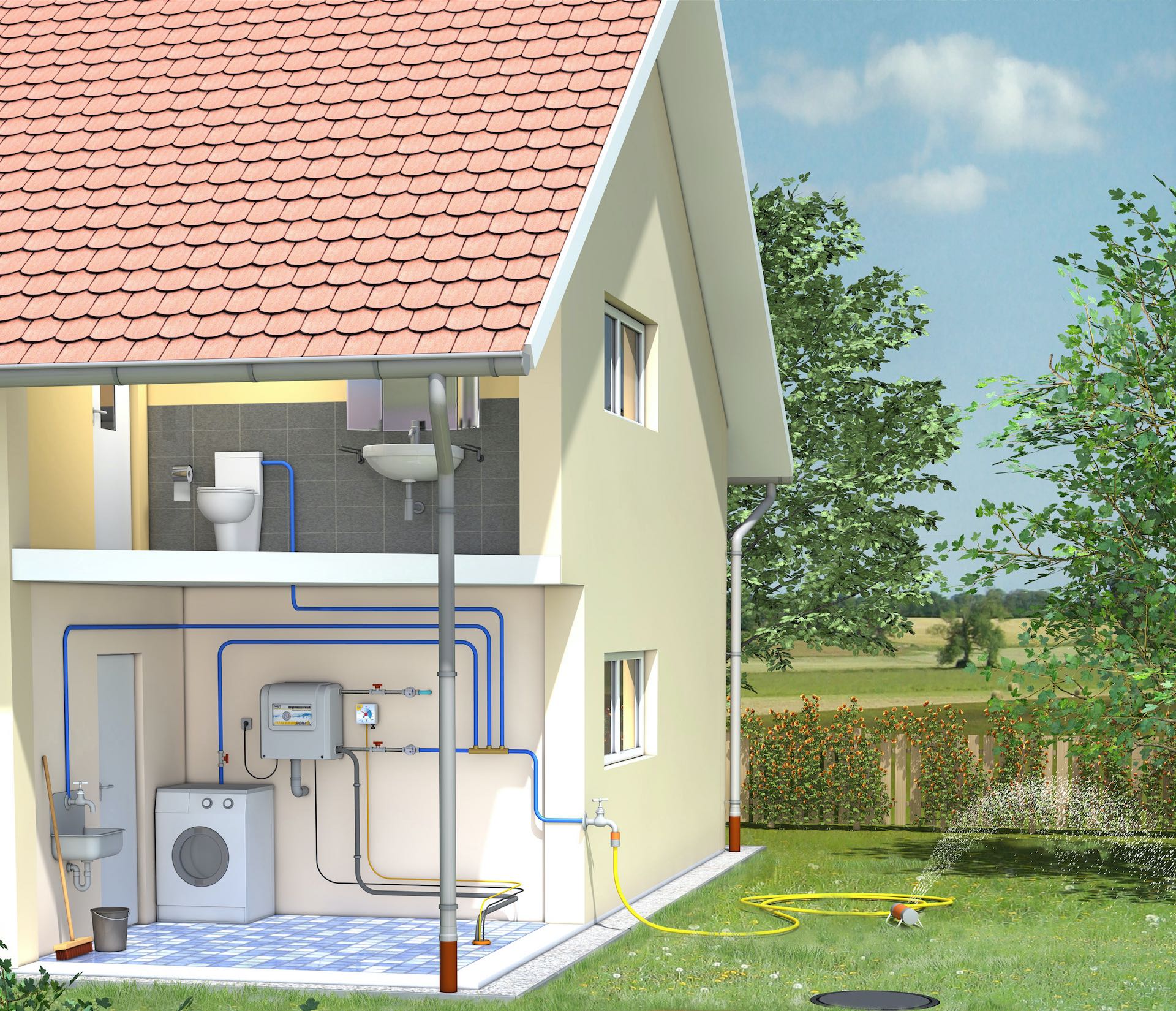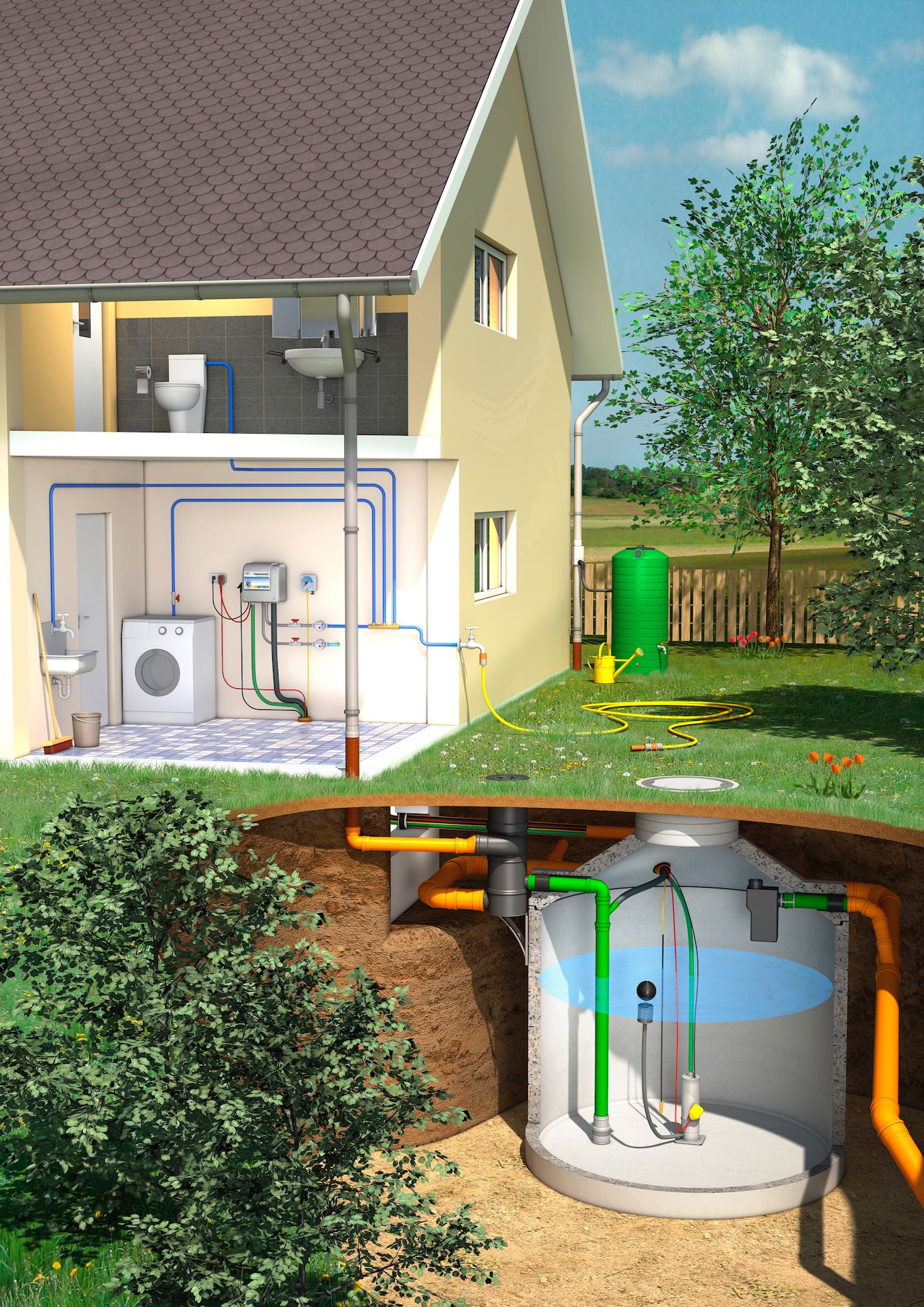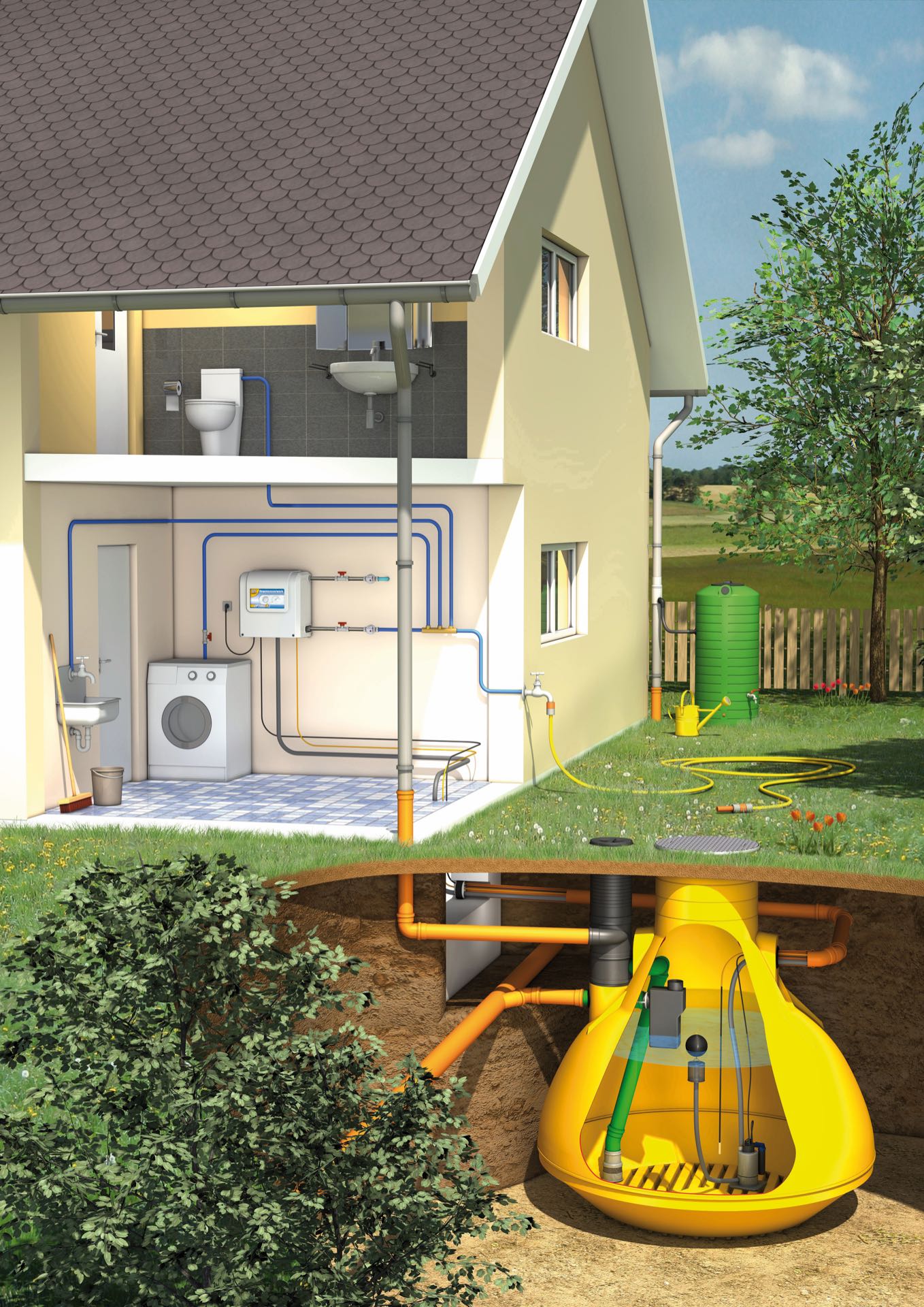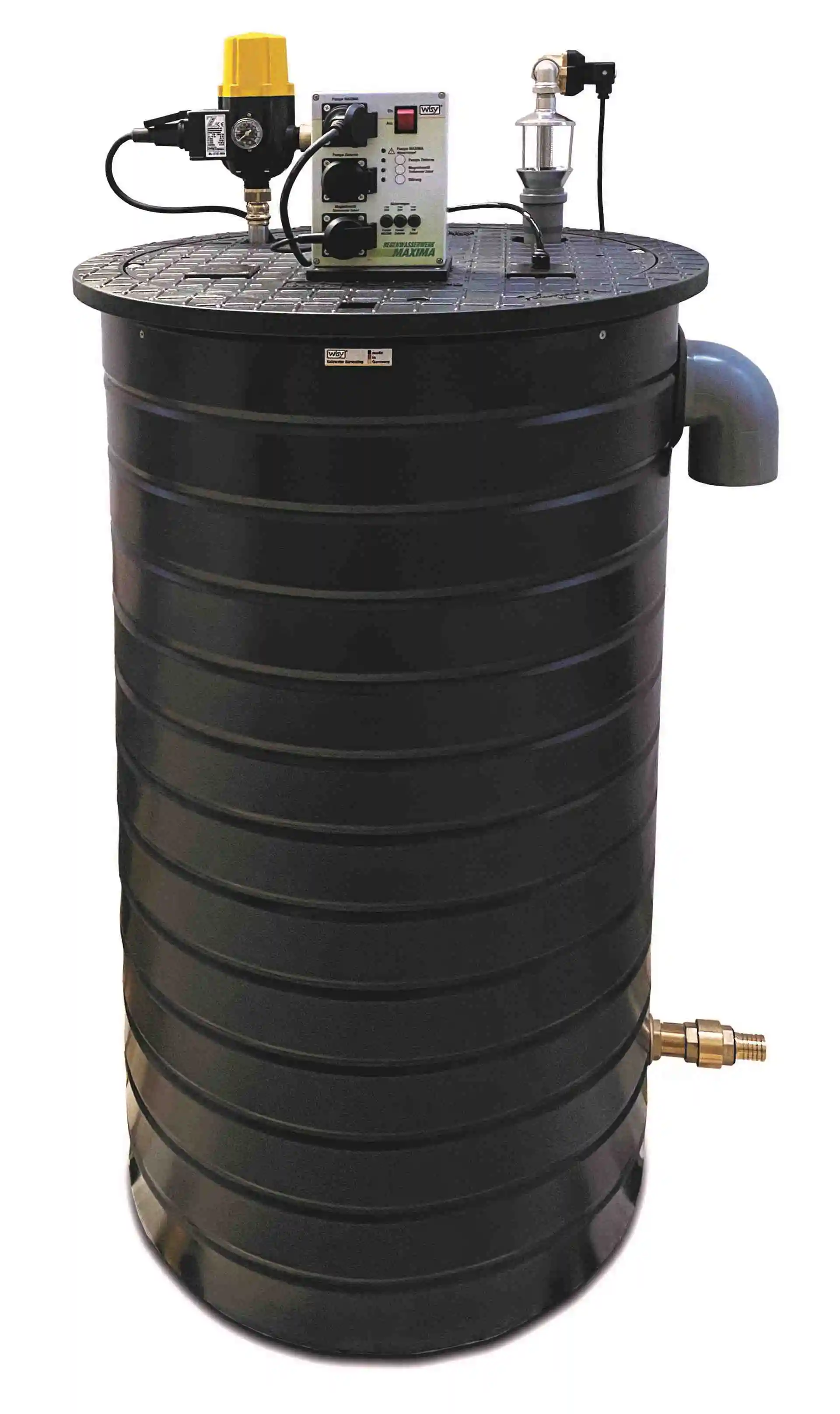Unser Produktsortiment
zum Aufbau Ihrer Regenwasseranlage
In unserem Shop finden Sie alles, was Sie für die Regenwassernutzung benötigen. Von Regenwasserfiltern über Pumpentechnik, Regenwasserwerke oder Zisternen und Regentonnen. Zudem finden Sie benötigtes Anlagenzubehör. Darüber hinaus bieten wir eine Vielzahl an Produkten zur Systemtrennung von Brauch- und Leitungswasser.
The structure of a rainwater system
Rainwater systems can have a different structure depending on the application. However, they usually share some of the most important components, which vary in size depending on the area of application of the complete rainwater system.
For example, all rainwater systems have a rainwater filter, which is used to remove coarse dirt, leaves and other particles from the rainwater so that they do not enter the rainwater system's storage tank.
In correctly set up rainwater systems, the rainwater flows through an smoothing inlet into the lower part of the rainwater storage tank. Corrosion-resistant pumps with floating suction filters take over the task of transporting the water to the outlets. This type of rainwater system can be found in single-family homes and industrial buildings as well as in sports stadiums.
If, on the other hand, the rainwater is to be taken with a watering can, the rainwater system is largely reduced to a downpipe filter with a preferably frost-proof rain barrel, as well as a water tap.
Rainwater filter
The rainwater running off the roof is fed into the rainwater storage tank via a rainwater filter. Even before it enters the rainwater storage tank, pollutants such as leaves and moss are reliably separated. The rainwater filter forms the first purification stage of the rainwater utilisation system.
Bei größeren Regenwasseranlagen strömt das Regenwasser durch eine sogenannte Einlaufberuhigung in den unteren Teil des Regenspeichers. Korrosionsbeständige Pumpen mit schwimmendem Ansaugfilter übernehmen in den größeren Regenwasseranlage mit zumeist unterirdischen Tanks die Aufgabe das Wasser zu den Entnahmestellen zu befördern. Dieser Aufbau der Regenwasseranlage findet sich vom Einfamilienhaus über das Industrieobjekt bis hin zum Sportstadion.
Soll das Regenwasser hingegen mit der Gießkanne entnommen werden, reduziert sich die Regenwasseranlage weitgehend auf einen Fallrohrfilter mit vorzugsweise frostsicherer Regentonne, sowie einen Zapfhahn zur Wasserentnahme.
Regenwasseranlagen können je nach Anwendung einen unterschiedlichen Aufbau besitzen. Jedoch teilen Sie in der Regel einige der wichtigsten Komponenten miteinander, die je nach Einsatzbereich der Regenwasser-Komplettanlage unterschiedlich groß ausfallen.
So verfügen alle Regenwasseranlagen über einen Regenwasserfilter, welcher dazu dient, Verschmutzungen, Laub und andere Partikel aus dem Regenwasser zu entfernen, sodass sie nicht in den Speicher der Regenwasseranlage gelangen.
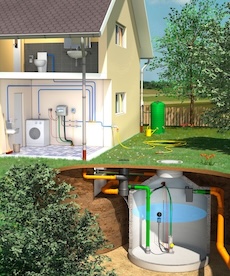
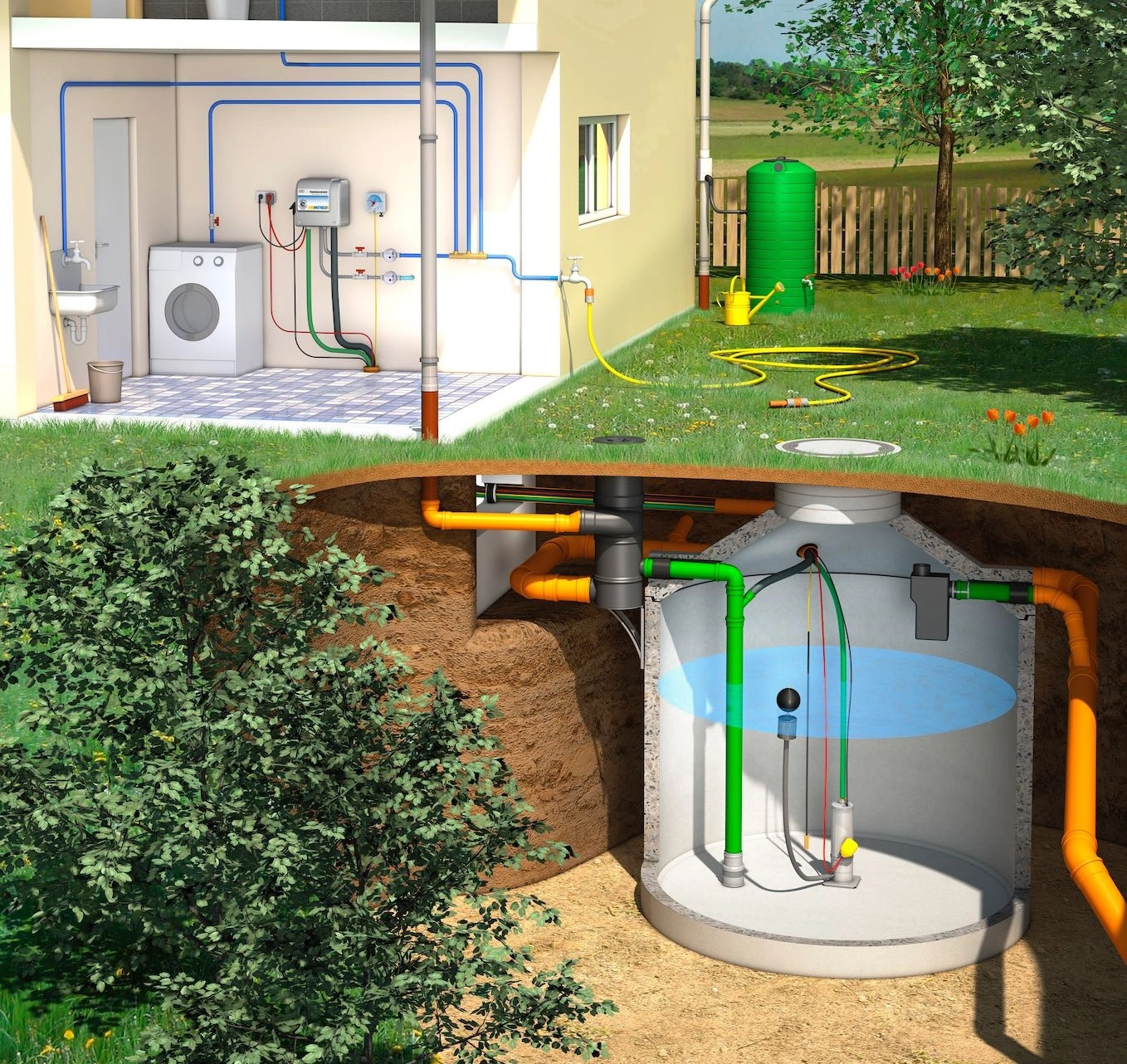
The structure of a rainwater system
Rainwater systems can have a different structure depending on the application. However, they usually share some of the most important components, which vary in size depending on the area of application of the complete rainwater system.
For example, all rainwater systems have a rainwater filter, which is used to remove coarse dirt, leaves and other particles from the rainwater so that they do not enter the rainwater system's storage tank.
In correctly set up rainwater systems, the rainwater flows through an smoothing inlet into the lower part of the rainwater storage tank. Corrosion-resistant pumps with floating suction filters take over the task of transporting the water to the outlets. This type of rainwater system can be found in single-family homes and industrial buildings as well as in sports stadiums.
If, on the other hand, the rainwater is to be taken with a watering can, the rainwater system is largely reduced to a downpipe filter with a preferably frost-proof rain barrel, as well as a water tap.
Rainwater filter
The rainwater running off the roof is fed into the rainwater storage tank via a rainwater filter. Even before it enters the rainwater storage tank, pollutants such as leaves and moss are reliably separated. The rainwater filter forms the first purification stage of the rainwater utilisation system.
Filter in the downpipe
Downpipe filters and rainwater collectors are installed directly in the downpipe, where they separate the rainwater from the dirt load. The function is best when the water is separated from the dirt without changing the direction in which the leaves fall. Any narrowing of the cross-section of the pipe should be avoided to allow the full flow of water to pass.
Filter in the ground or freely installed in the building
Alternatively, the rainwater can be filtered in the horizontal pipe system before it enters the cistern. The filter can either be placed inside the building or underground, accessible with a separate shaft .
Cistern filter
If no separate access to the filter is required or if the difference in height between the inlet and outlet is too small, cistern filters can be used to collect rainwater. They are installed in the manhole of the underground rainwater storage tank.
Slope and type of filter mesh play an important role
Regardless of whether it is a downpipe filter, an underground filter or a cistern filter, the arrangement of the filter fabric always plays an important role. This determines whether it is actually the filtered rainwater or mainly the dirt that is collected.
Filter with vertical filter mesh
Vertical or upright filter meshes are the best way to remove dirt reliably and permanently from rainwater. WISY's unique filter principle allows rainwater to be directed sideways through a filter mesh while leaves and moss fall past it.
Only filters with vertical filter mesh are able to remove solids from rainwater without becoming an obstacle themselves in the medium term. With extremely low maintenance, it is easy to keep the filter permanently functional.
Filter with inclined or flat (horizontal) filter mesh
Rainwater filters with inclined or horizontal (i.e. flat) filter mesh basically have the problem that leaves and moss remain on them as soon as the water flows down through the mesh. This means that they can become dirty after relatively short time.
This effect can be counteracted with special flow behaviour or additional spraying devices. However, it is technically only to a limited extent possible to remove the dried dirt.
Filter baskets
Filter baskets or basket filters in rainwater harvesting systems collect the dirt and must be emptied manually. If they are not emptied regularly, the inlet can block and the water can back up into the downpipes or leak out on the surface.
If the dirt load remains in the filter basket for a long time, biological decomposition begins there. Subsequent rain events regularly flush the resulting decomposers and organisms into the cistern water, which results in poor water quality.
Filter baskets are inexpensive but require a lot of maintenance. The rainwater collected with them is not comparable in quality to self-cleaning rainwater filters.
The rainwater storage tank
The rainwater tank or rainwater storage tank forms the core of a rainwater harvesting system. Depending on the desired size and installation situation, you can choose between a simple rain barrel or an underground cistern made of concrete or plastic. Especially for large systems, designs as a structural component of the building for rainwater collection are also possible.
Rain barrel
The rain barrel is easy to set up and connect. It is placed slightly elevated so that you can take the rainwater with the watering can via a tap. For safety and to prevent mosquito breeding, the rain barrel or rain barrel should be tightly closed with a lid. This makes it easy to use rainwater with the watering can to water potted plants or the garden. A rainwater pump is not necessary, but the usable volume is limited.
Concrete or plastic cisterns
The best way to store precious water is in a cistern below ground level. There, at the heart of the rainwater harvesting system, it is protected from light and frost, and large storage volumes can also be realised. Depending on the tank model, lid, depth and type of soil, it can be driven over by vehicles.
Concrete cisterns are stable, but due to their heavy weight they require more effort for transport and installation. For this reason, concrete tanks are often produced regionally. They are made of a relatively natural raw material. The concrete has the positive effect that it does help to stabilize the ph of the stored water.
Cisterns made of plastic have the big advantage of easy handling. No heavy equipment is required for transporting and moving plastic tanks; a small mini excavator is usually sufficient. Delivery can be made in a car trailer.
Smoothing Inlet
The smoothing Inlet of rainwater into the tank allows fine dirt particles to sediment on the ground without being stirred up during the next rain shower. Oxygen is also transported into the tank with the fresh water. The feed near the ground distributes water and oxygen evenly throughout the tank and thus significantly improves the water quality.
The smoothing Inlet is the second part of the 4-stage cleaning system for rainwater and makes sure that clear and fresh rainwater can be used.
Floating suction filter
The collected rainwater is extracted from the rainwater storage tank with a floating suction filter. It floats about 10-20 cm below the water surface. This is where the best water quality is found in the cistern. There, the water is free of light, greasy particles such as pollen that float on the surface and free of heavier sediments that settle on the bottom.
The floating suction filter consists of a floating ball with suction filter. The filter can be made of fine or coarse stainless steel mesh. It provides additional protection for the pump and is referred to as the third purification stage of the rainwater harvesting system. When using a suction pump, a suction filter with an integrated non-return valve should be selected so that the water column in the suction hose does not have to be built up again every time the pump is started.
Overflow
Pollen or other dirt particles that are lighter than water float on the water surface. In doing so, they can build up a separating layer between water and air that blocks the exchange of oxygen between the media, which is important for water quality. To prevent this, an overflow with skim effect such as the Multisiphon should be used. It regularly ensures that this separating layer is flushed away and oxygen can be absorbed from the air in the water. The overflow forms the fourth purification stage of the rainwater system.
The overflow of the rainwater harvesting system is usually designed as an odour trap with a siphon. This keeps sewage gases out of the cistern. An optional vermin guard effectively prevents rodents from entering and an integrated backwash valve protects against backwashin the event of an overloaded sewer system.
The overflow of the cistern is connected to the sewer or an infiltration system.
Rainwater pumps
Self-priming pumps located directly in the rainwater plant or submersible pressure pumps located in the cistern of the rainwater harvesting system are possible. A combination of both is also possible. Larger systems in the commercial or public sector are often operated with dual-pump systems to increase efficiency and reliability.
The required pump pressure is calculated depending on the distance and height difference between the cistern and the points of use, the pipe cross-sections and the desired pressure at the taps. The maximum required delivery volume results from the demand peaks.
Automatic switch, float switch and solenoid valves
The automatic switch in the rainwater system, switches the pump on and off as needed. To do this, it monitors the pressure and flow in the pipes to the consumers. Float switches or level gauges of the rainwater harvesting system provide the required information and solenoid valves open or close the corresponding pipes.
The automatic switch is always in stand-by operation day and night, all year round, to detect a possible water demand and to activate the pumps immediately. Even if no water is being drawn at the moment. It is therefore essential to choose a device with the lowest possible energy consumption in stand-by mode.
Mains water top up via a free water inlet
If there is no longer sufficient rainwater available during prolonged dry periods, water can be replenished from the public mains. However, in this case - at least in the legal area of the European Union - the rainwater pipes must remain separate from the public pipes. This is done via a free outlet of the water into an intermediate tank or directly into the cistern.
Rainwater units
The rainwater unit is the head of the system for collecting and using rainwater.
Depending on the type, the rainwater system includes the rainwater pump, the automatic control unit, the float switches and solenoid valves as well as the standard-compliant mains water top up.
In this way, the rainwater system ensures that the rainwater system always functions as it should and that sufficient water is available everywhere at all times. It switches the pumps and, if necessary, ensures the standard-compliant top up of water from the public mains.
Accessories and components for rainwater systems
In addition to complete rainwater systems, you will of course also find all components and accessories for your rainwater system. Most of these have been developed by us and are produced in our factory in Hitzkirchen.
WISY relies on many years of experience and numerous patents of its own as a pioneer in the development of modern rainwater systems.
Get advice now on the purchase and construction of rainwater systems
Do you need support in selecting the right components for your rainwater system? Then you have come to the right place. As an experienced manufacturer, we will be happy to assist you in the selection of products for your rainwater system.
Do you have any other questions about rainwater systems or the sustainable and cost-effective use of rainwater? Then don't hesitate to contact us. Our friendly and competent team is there for you and is already looking forward to your enquiry.




































